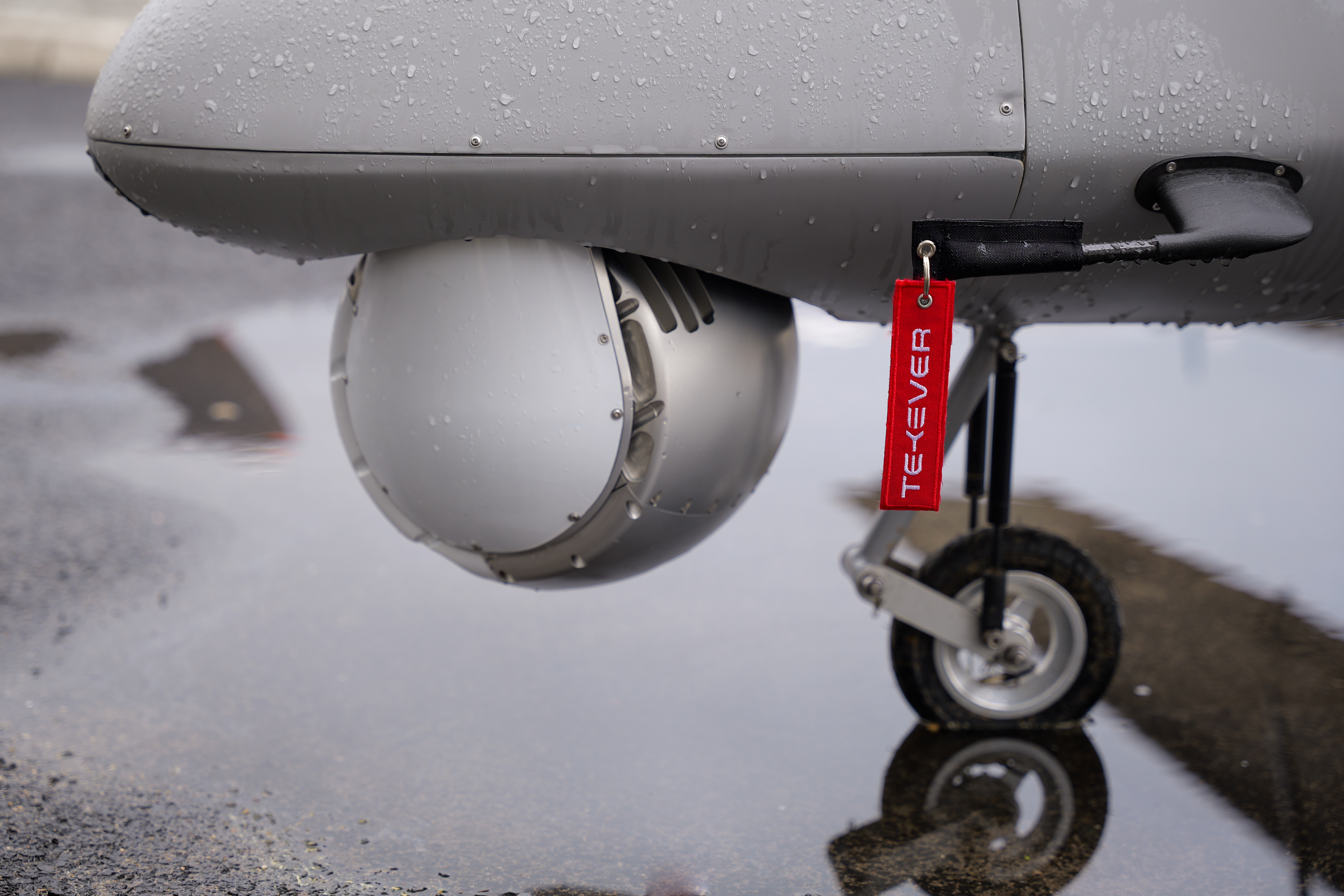Overview
In modern conflict and contested operational environments, reliance on Global Navigation Satellite Systems (GNSS) for autonomous UAV navigation introduces vulnerabilities. Jamming, spoofing, or complete signal denial can severely compromise the effectiveness of unmanned aerial systems. To address this challenge, TEKEVER has developed and operationalised an onboard AI-powered Visual-Based Navigation (VBN) capability, enabling UAVs to maintain autonomous flight even in fully GNSS-denied scenarios.
Challenge
As evidenced in recent conflicts — particularly in Ukraine — electronic warfare (EW) environments are increasingly sophisticated. GNSS signals are frequently targeted, making traditional positioning and navigation unreliable. UAV platforms that lack redundancy in navigation systems are unable to operate safely or continue missions when GNSS access is disrupted.
Solution: TEKEVER’s VBN System
TEKEVER’s VBN technology leverages AI-driven computer vision and machine learning to extract, analyse, and interpret environmental features captured in real time via onboard cameras and sensors. These visual cues are processed by edge computing modules and compared with satellite data within the UAV to continuously update the platform’s position and orientation in 3D space — independently of GNSS signals.


